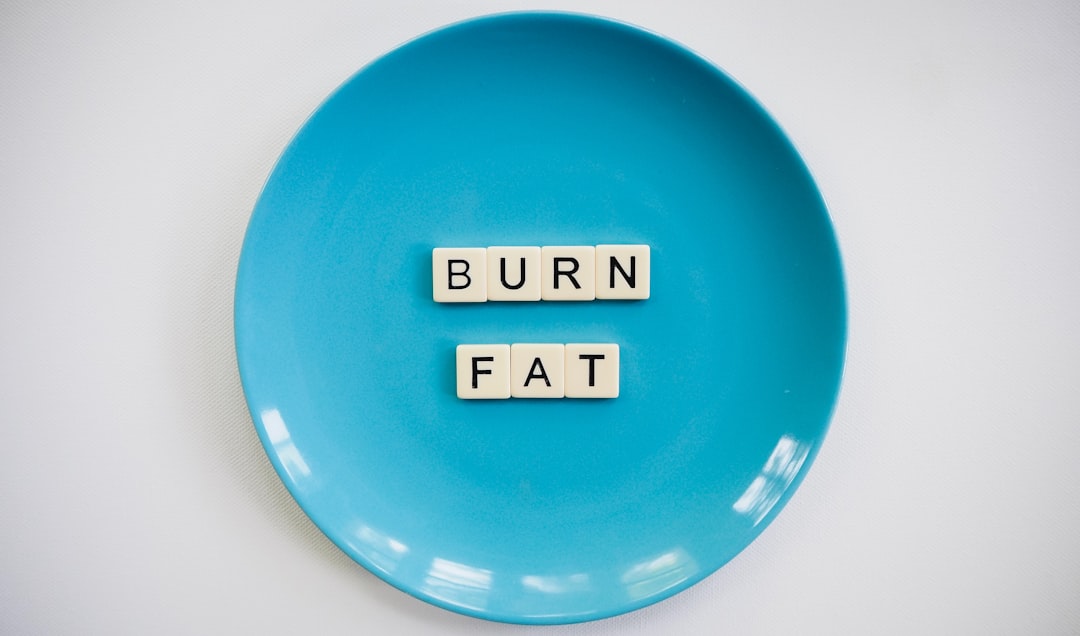- The Daily Tonic
- Posts
- The difference between ketosis and fat adaptation.
The difference between ketosis and fat adaptation.
Plus: If you want to live longer, take the stairs.
Monday. Who knew bananas were inflation-proof? Despite rising food prices making your hair stand every time you go to the grocery store, bananas have remained an exception, with their price not budging over 80 cents per pound since 2004 (READ MORE). So, what makes our favorite potassium-rich fruit so unique? A lot of it has to do with large plantations, favorable growing conditions, low labor costs, and trade agreements. But the biggest reason? Growers are in a constant rush to sell you their bananas before they get too ripe. That way, they can sit on your counter until they get brown, and you tell yourself you will finally make some banana bread.
Moving on to something more likely than anyone actually using forgotten bananas to make banana bread, you might have heard of ketosis or fat adaptation. Are those two things the same, and are they worth a try? Let’s dive in.
DEEP DIVE
Ketosis Versus Fat Adaptation
Ketosis and fat adaptation are two buzzwords in the health and fitness world, promising a slew of benefits like sustainable fat loss and better energy. Keto and low-carb diets have both gained immense popularity over the past few years precisely because of these words. But what do they really mean, and are they the same?
Understanding the difference between just being in ketosis and being fat-adapted is crucial for reaping the benefits associated with a low-carb or ketogenic diet.
When we talk about ketosis, it’s about having a high level of ketones in your blood, which can happen even without a diet change if you take ketone supplements. But this doesn’t mean your body magically becomes efficient at using fat for fuel. That’s where fat adaptation comes in, a process that takes time and dietary changes, specifically a low-carb, high-fat diet.
Most people grow up using carbs as their primary energy source, so switching to fat for fuel requires your body to adapt, which takes time. Think of it like returning to the gym after a long break; you might know how to lift weights, but it’s going to take some time to get back to doing what you used to be able to do.
Fat adaptation is similar; it’s about teaching your body to efficiently break down and use fat for energy, which includes both dietary fat and your body’s fat stores. This is why so many people want to become fat-adapted—because so many people are trying to burn fat. However, this shift doesn’t happen overnight but occurs over weeks to months following a ketogenic diet.
The process involves several physiological changes. When insulin levels are low, your body starts breaking down fat into fatty acids and converting them into ketones, which your brain and muscles can use for energy. This ability to switch fuel sources was crucial for our ancestors, who couldn’t always rely on a steady food supply.
Being fat-adapted means you don’t solely rely on carbs for energy. You can dip in and out of ketosis without issue, and having carbs occasionally won’t throw you off track. This flexibility is especially beneficial for athletes who might need a carb boost for intense workouts but can return to fat-burning after those demanding efforts.
The benefits of being fat-adapted are vast, from significant fat loss and reduced cravings to more stable energy levels and improved mental clarity. It’s also been shown to enhance endurance since your body becomes more efficient at using fat as fuel, preserving glycogen stores for when you really need them.
To become fat-adapted, start with a low-carb diet to lower insulin levels and encourage your body to burn fat. Increasing your fat intake is also necessary, as it trains your body to use fat more efficiently while keeping you satiated. Fasting and regular exercise can further improve insulin sensitivity and hasten the adaptation process. However, the time it takes to become fully fat-adapted varies, influenced by genetics, activity levels, and diet.
The key takeaway? Fat adaptation isn’t the only way to feel better and lose some weight, but for some people, it might be worth a try. If you feel better on a low-carb diet, becoming fat-adapted could offer a more sustainable and versatile energy source than relying solely on carbs, translating to profound benefits for your health, energy, and performance.
OUR PICKS
Tonic Shots
CDC lifts COVID isolation guidelines. (READ MORE)
What's next for South Korean doctors who face license suspensions because of walkouts? (READ MORE)
Flavonol-rich foods may help lower disease risk, boost longevity. (READ MORE)
TRENDING
Is Pot Actually Healthier Than Alcohol?

The evidence is mounting that your daily toke can be bad for your heart. A large new study in the Journal of the American Heart Association found that the more often someone partakes in cannabis, the higher their risk of heart disease, heart attack or stroke. Daily users had a 25% higher chance of having a heart attack and 42% higher odds of a stroke than non-users.
It’s the latest in a string of studies showing a connection between marijuana and heart health. An important caveat: All of the research is observational, meaning the findings rely on surveys that ask people to recall their habits and health conditions rather than following participants in real-time. Our memories are fallible. People can also massage the truth. For example, the self-reported rate of cannabis use in the new study was below what has been seen in other surveys, suggesting some might not have owned up to their habits.
FROM THE ARCHIVE
Live Longer, Take The Stairs

Heart disease and stroke are major health concerns in the United States, with more than 877,500 Americans dying from cardiovascular diseases each year (READ MORE). That makes heart disease the leading cause in our country. However, a surprisingly simple activity can significantly reduce your risk: skip the elevator and take the stairs.
Walking up stairs is an easy yet powerful way to guard against cardiovascular issues. A comprehensive study involving over 458,000 individuals (READ MORE) observed their health over a span of 12 years. This study revealed a notable link between daily stair walking and a decreased occurrence of heart disease and stroke.
Interestingly, the amount of stair climbing required to achieve this protective effect is actually relatively modest. Just climbing about five flights of stairs, roughly 50 steps, daily can greatly enhance heart health and diminish the risk of disease.
SUPPORT US
Support Our Team 🧡
We're all about making your journey towards better health enjoyable and insightful. By becoming a member of The Daily Tonic family, you're not just supporting us, you're elevating your own wellness journey!
We believe in the power of community and the impact of your support. Your membership helps us continue delivering the best health and wellness newsletter around. If you enjoy starting your day with a dose of wellness wisdom from The Daily Tonic, consider joining us as a member.
